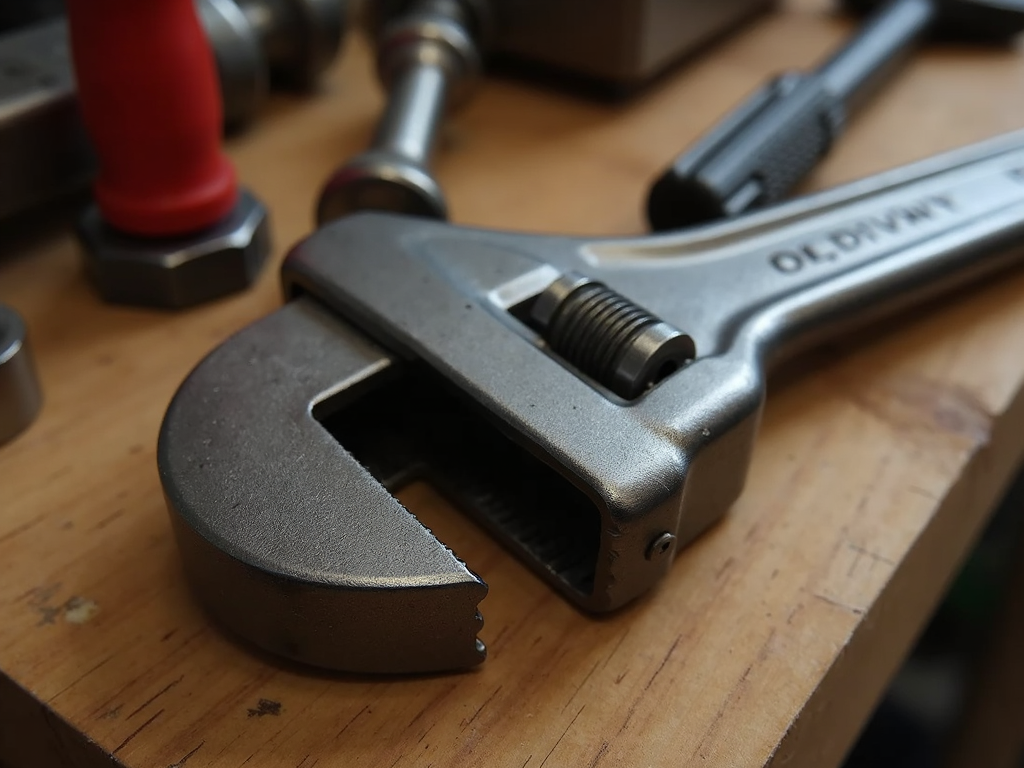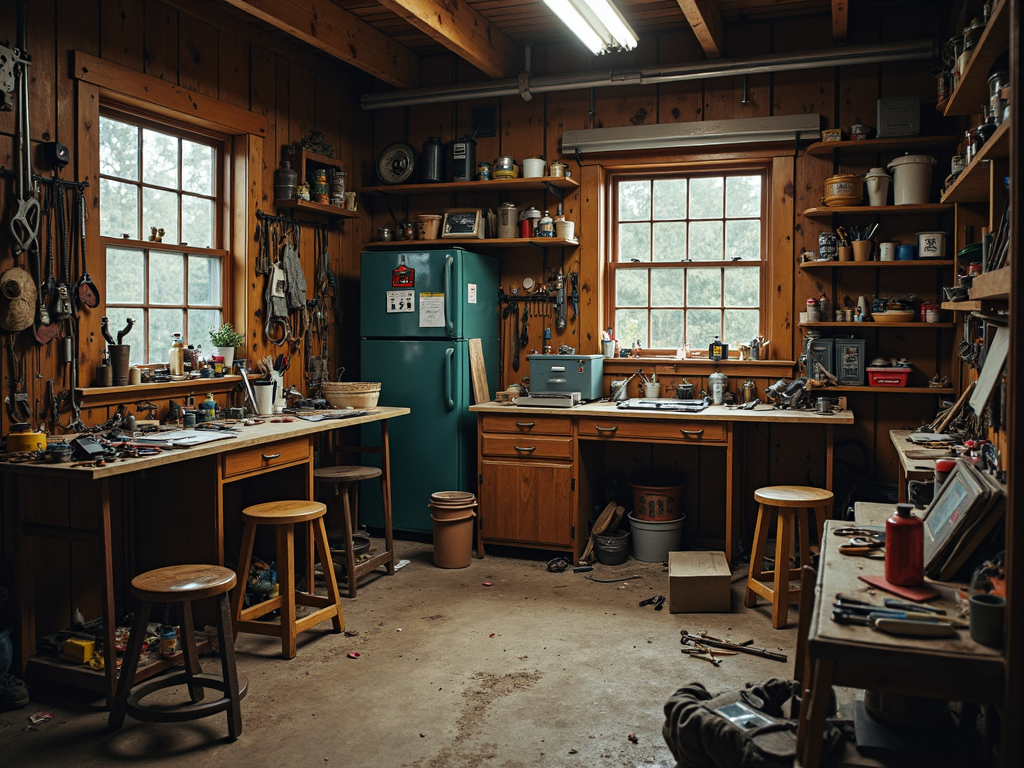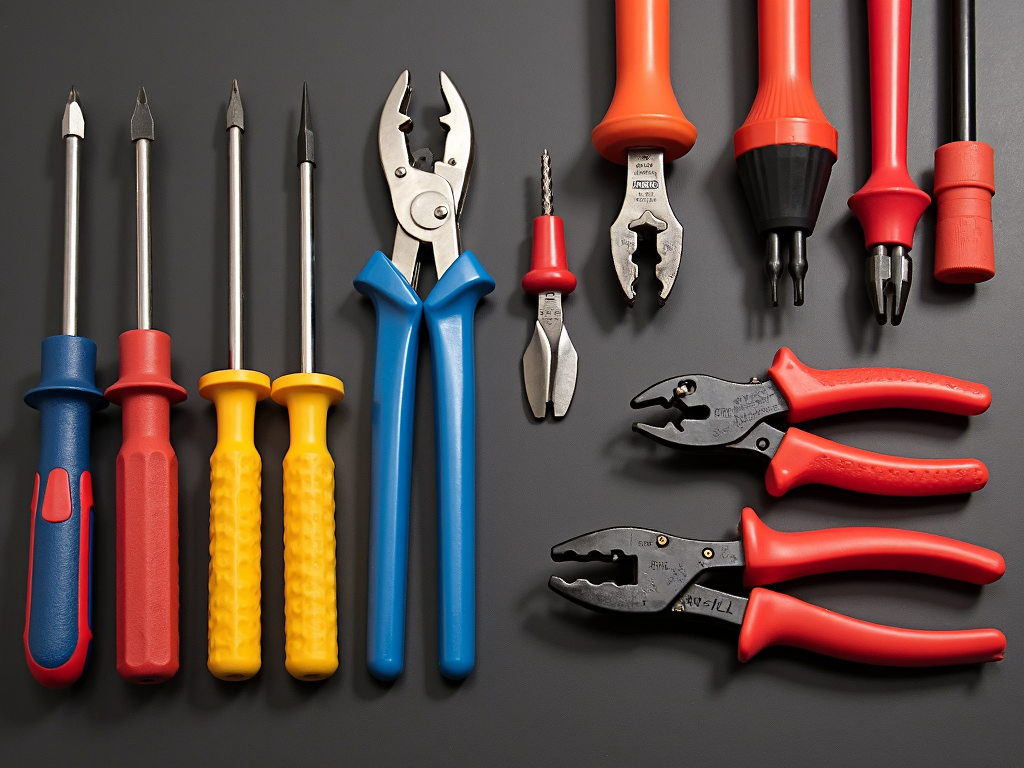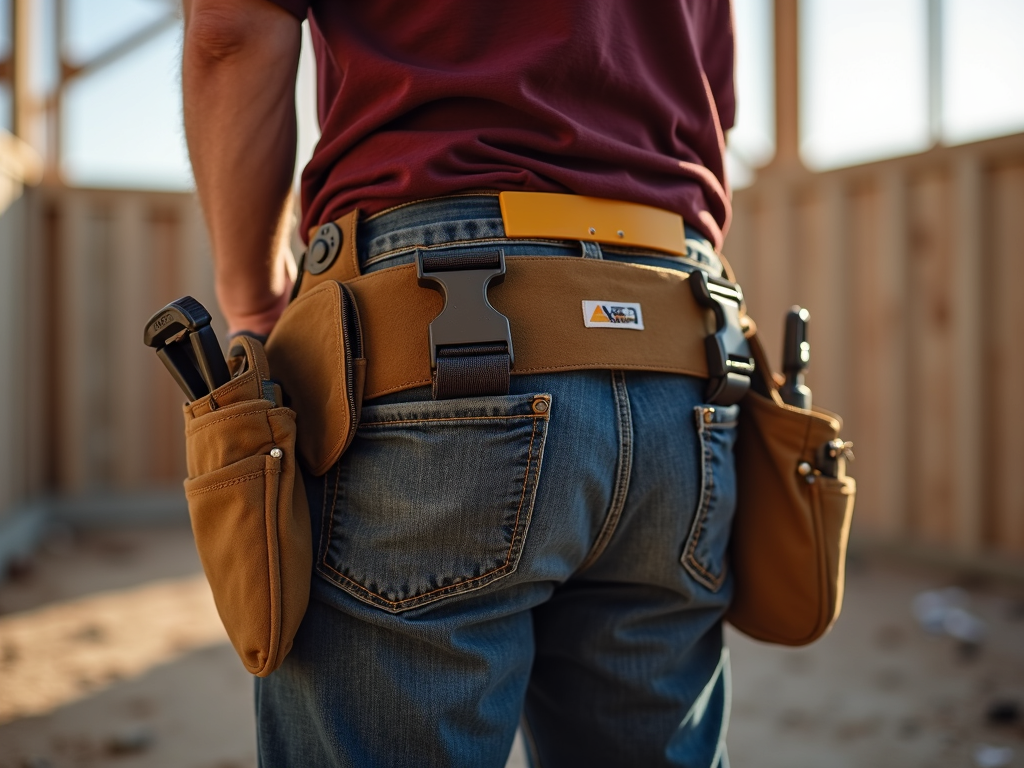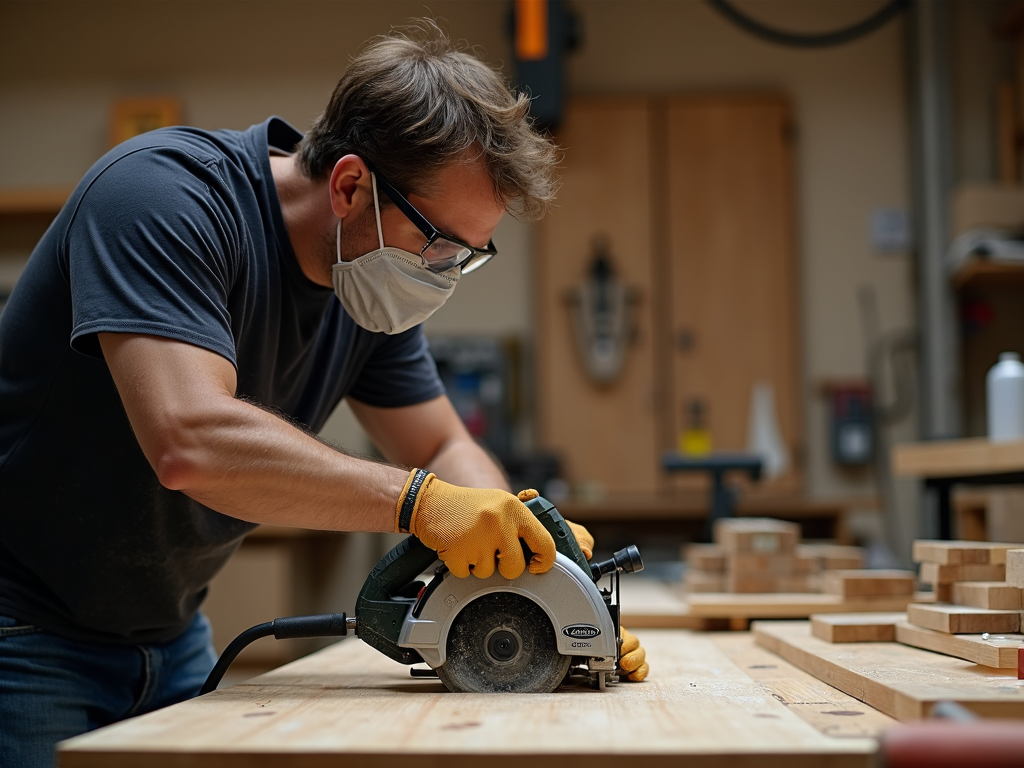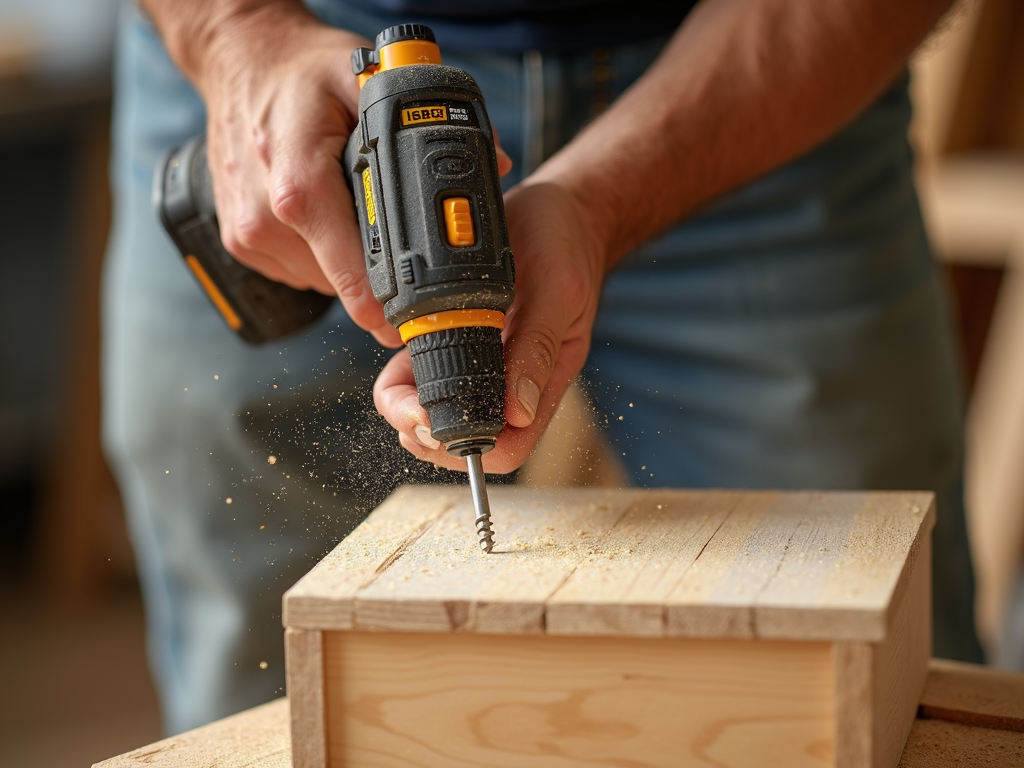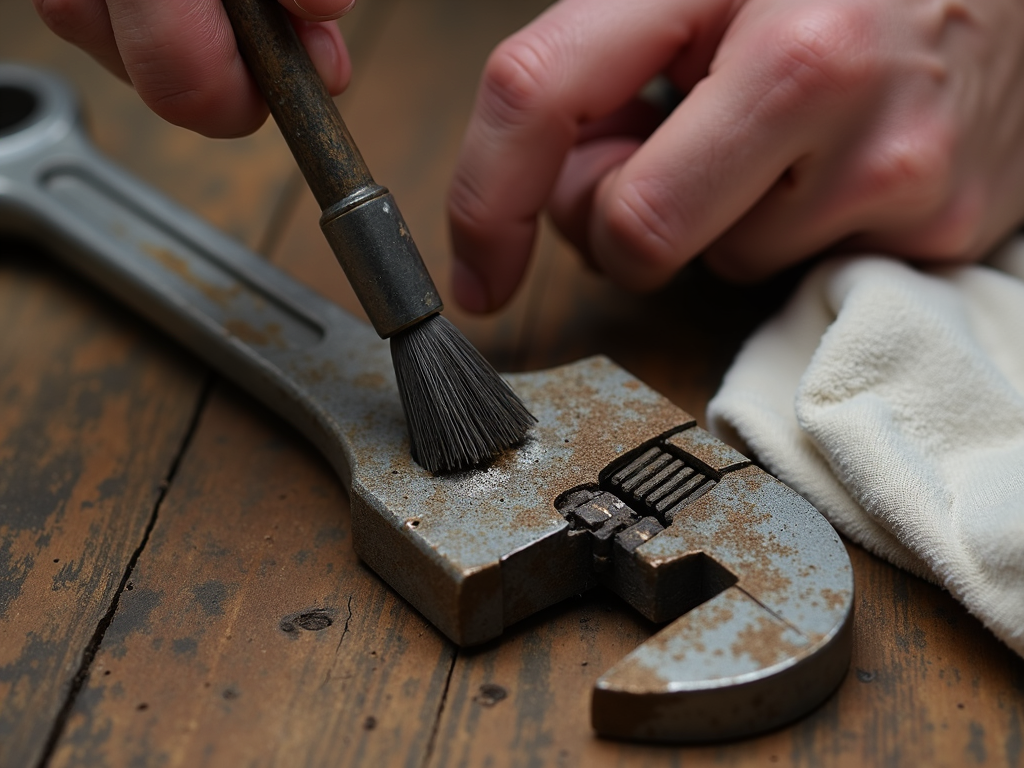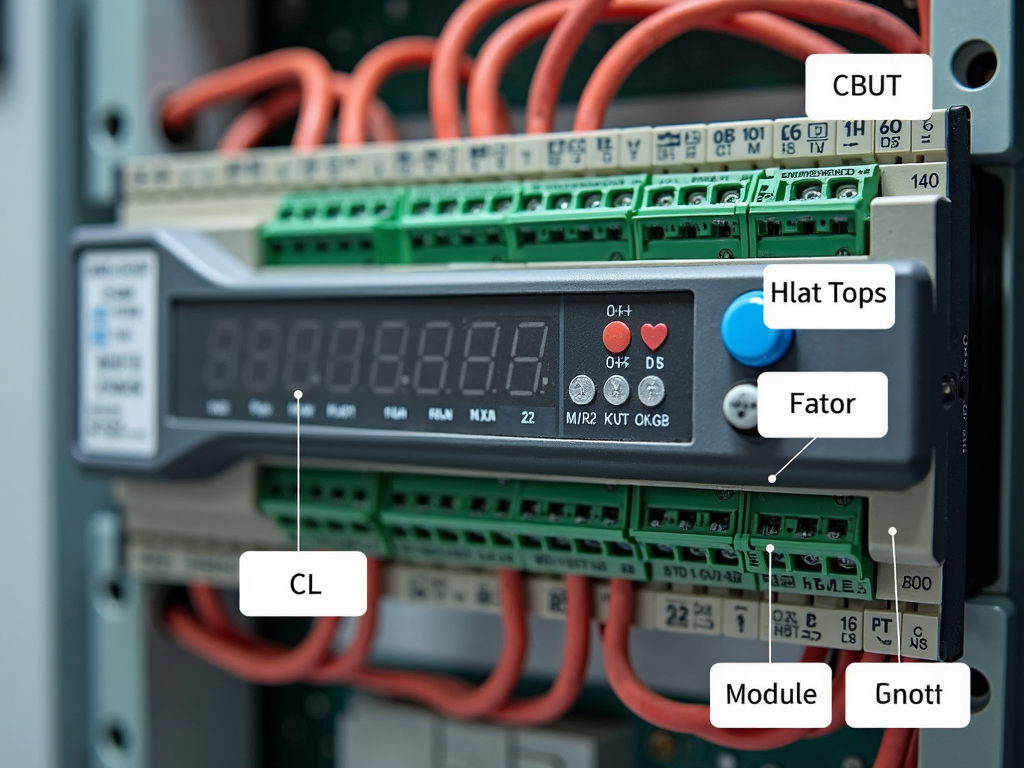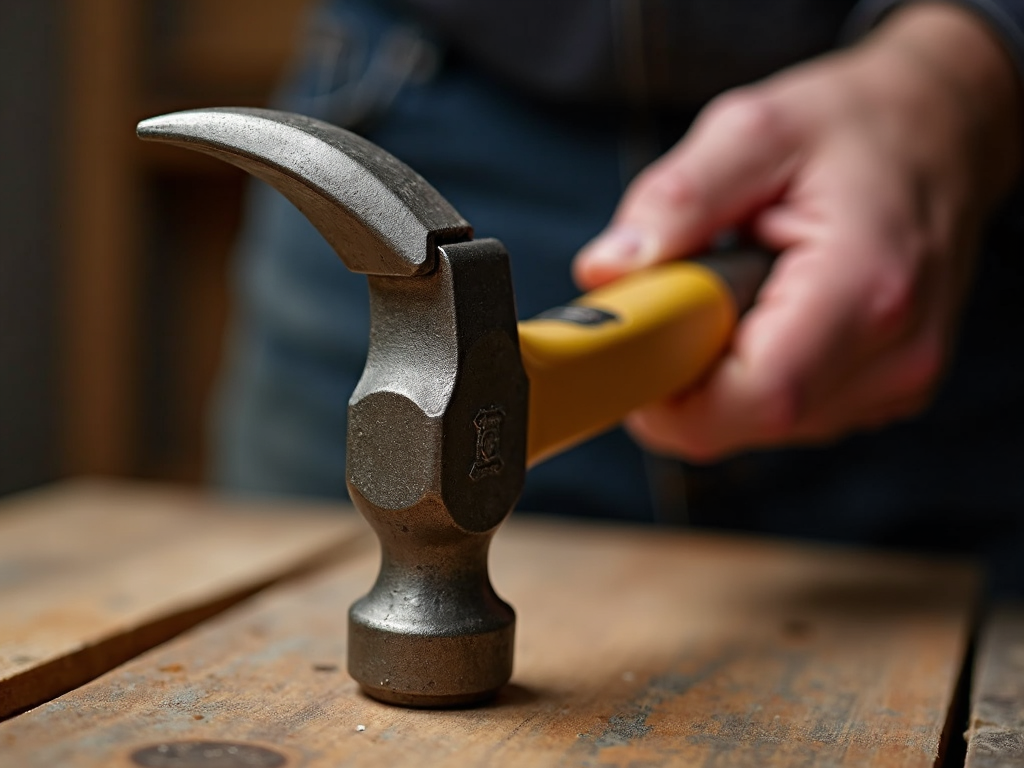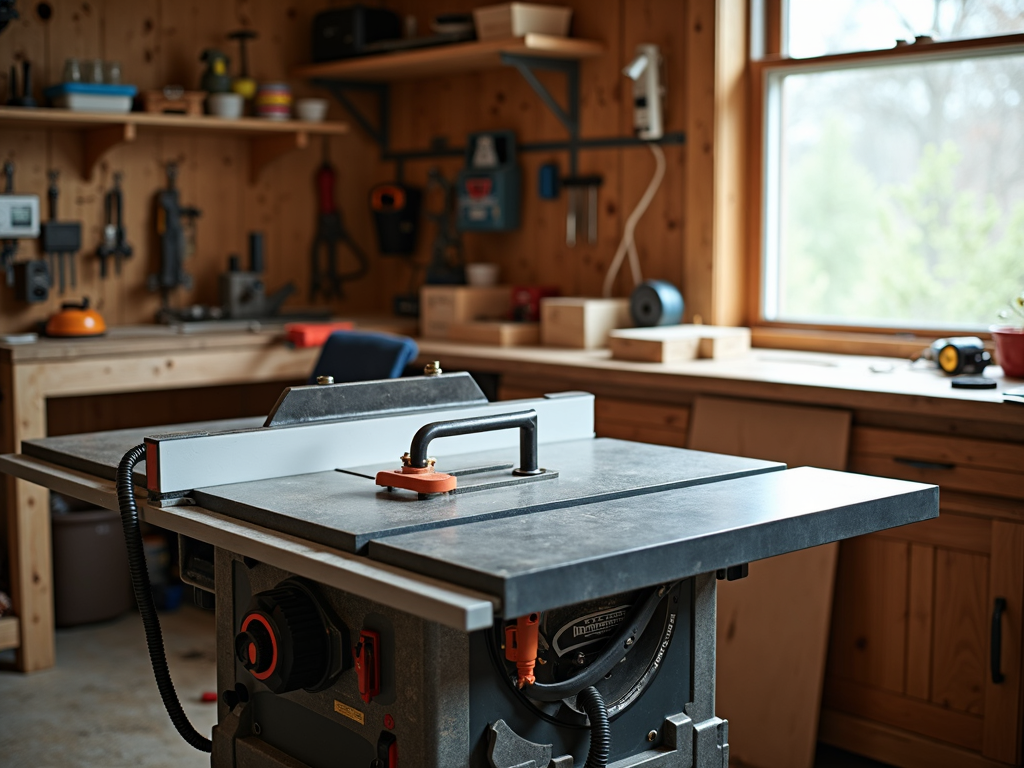Choosing the right power drill can make or break your DIY project. Whether you're hanging shelves, building furniture, or tackling a major renovation, the right tool ensures efficiency and safety. In this guide, we'll walk you through everything you need to know to select the perfect power drill for your needs.

There are several types of power drills, each suited for different tasks:
-
Corded Drills: These are powerful and ideal for heavy-duty tasks. They never run out of battery but are less portable.
-
Cordless Drills: Perfect for portability and convenience. They come with rechargeable batteries, making them versatile for various projects.
-
Hammer Drills: Designed for drilling into hard materials like concrete. They combine rotation with a hammering action.
-
Impact Drivers: Great for driving screws and bolts with high torque. They are compact and powerful.
-
Drill Presses: Stationary drills that offer precision for repetitive tasks. They are common in workshops.
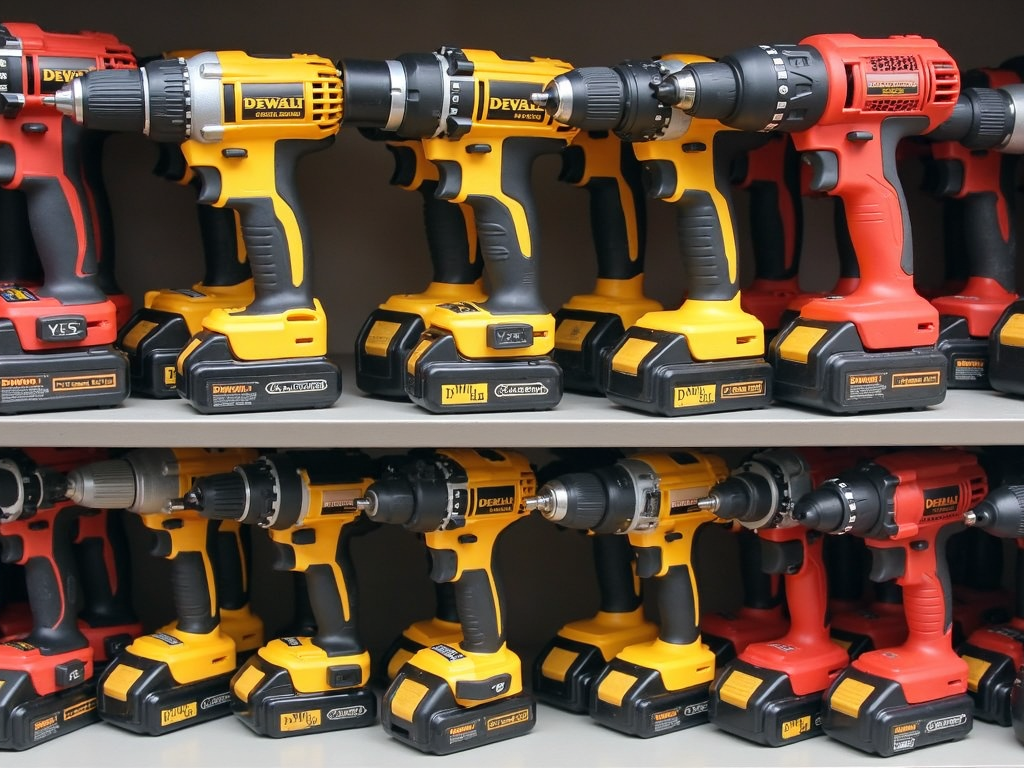
When selecting a power drill, consider the following features:
-
Power: Measured in volts for cordless drills and amps for corded ones. Higher power means more capability for tough tasks.
-
Speed: Look for variable speed settings to handle different materials and tasks.
-
Battery Life: For cordless drills, check the battery capacity and charging time. Lithium-ion batteries are preferred for their longevity.
-
Chuck Size: The chuck holds the drill bit. Common sizes are 1/4 inch, 3/8 inch, and 1/2 inch. Larger chucks can handle bigger bits.
-
Ergonomics: A comfortable grip and balanced weight distribution reduce fatigue during extended use.
-
Additional Features: Look for built-in LED lights, belt clips, and magnetic trays for convenience.
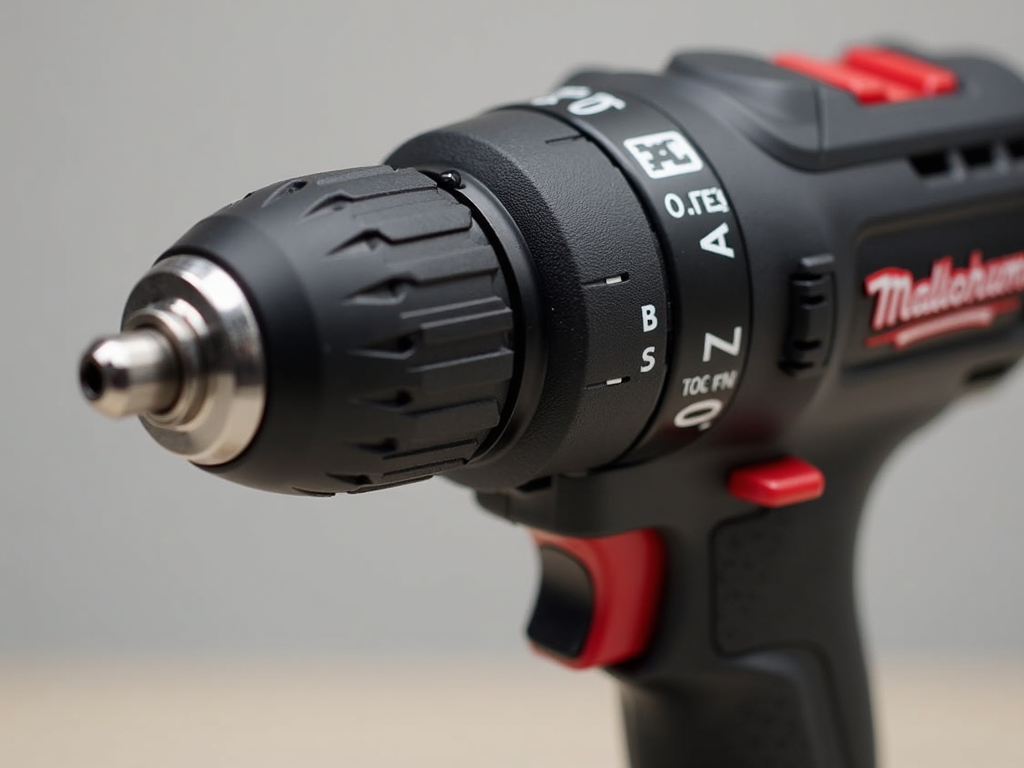
Using power tools incorrectly can lead to accidents or subpar results. Here are five common mistakes and tips to avoid them:
-
Not Reading the Manual: Always read the user manual to understand the tool's capabilities and safety features.
-
Using the Wrong Drill Bit: Match the drill bit to the material. For example, use masonry bits for concrete and wood bits for timber.
-
Ignoring Safety Gear: Wear safety glasses, gloves, and ear protection. Secure loose clothing and tie back long hair.
-
Overloading the Tool: Don't push the drill beyond its limits. Use the appropriate tool for the task.
-
Poor Maintenance: Regularly clean and inspect your drill. Replace worn-out parts and keep batteries charged.

Safety should always be a priority when using power tools. Follow these guidelines:
-
Inspect the Tool: Check for damage or wear before each use.
-
Secure the Workpiece: Use clamps or a vise to hold the material steady.
-
Keep a Firm Grip: Hold the drill with both hands for better control.
-
Avoid Distractions: Focus on the task and keep children and pets away.
-
Disconnect Power: Unplug corded drills or remove batteries when changing bits or performing maintenance.
-
Store Properly: Keep tools in a dry, secure place out of reach of children.

Choosing the right power drill involves understanding your project needs, knowing the types and features available, and prioritizing safety. By avoiding common mistakes and following safety guidelines, you can ensure successful and safe DIY projects. Remember, the right tool not only makes the job easier but also enhances the quality of your work.
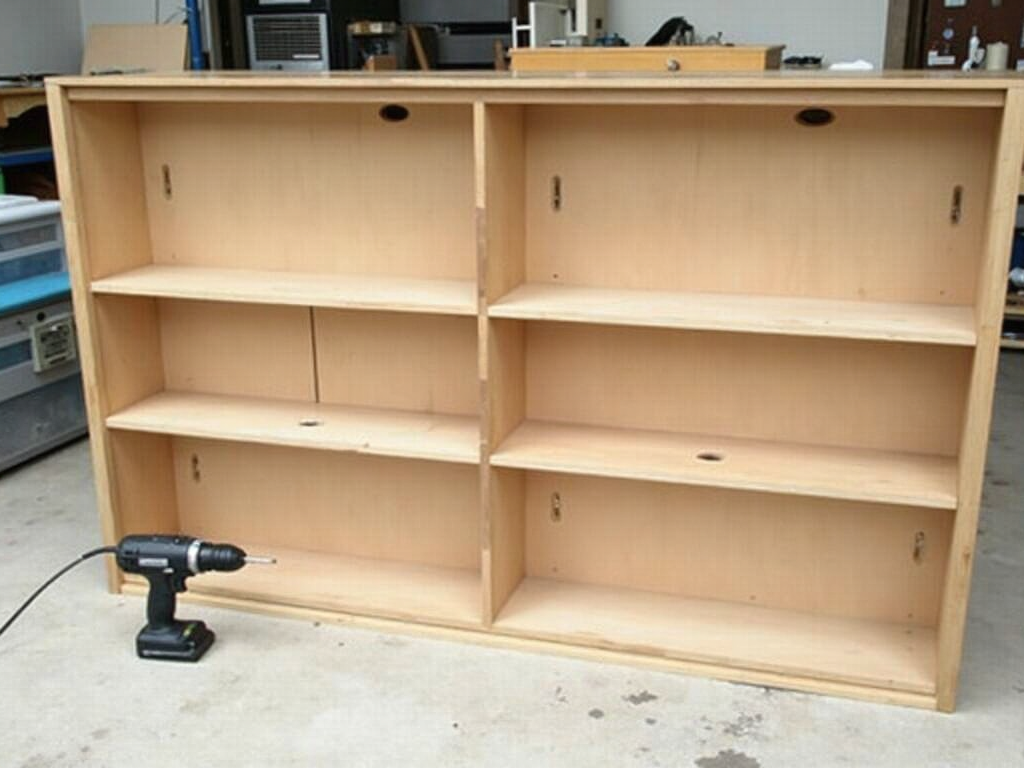
Related How to Choose the Right Power Drill for Your Project:
- The Ultimate Guide to the Best Wrench Sets for Construction Workers
- DIY Workshop Organization: Budget-Friendly Solutions for a Clutter-Free Workspace
- Essential Safety Gear for Electricians
- The Importance of Workplace Safety and Ergonomics
- Essential Workman Tools for Plumbing: A Complete Guide
- Essential Safety Tips for Using Power Tools: A Comprehensive Guide
- Beginner’s Guide to Power Tools: Drills, Saws, and More
- Maintaining Your Metalworking Tools for Safety and Performance
- The Electrician's Guide to Advanced Automation Tools
- Painting Tools Every Artist Needs
- Top 10 Tools Every Workman Should Own: A Comprehensive Guide
- How to Pick the Perfect Table Saw: A Beginner's Guide
